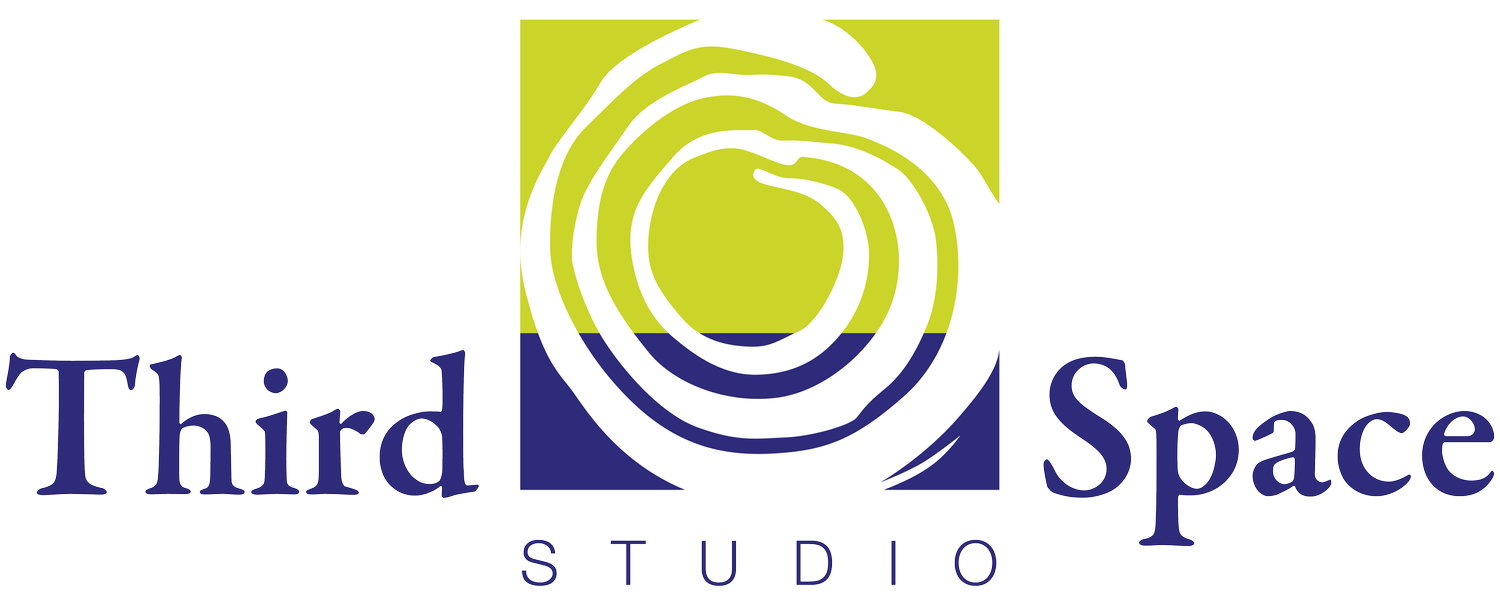Navigating the Tumultuous World of Decision-making
Heather and I spend much of our weeks in conversation with executive directors and other nonprofit leaders. In recent months, we have noticed a rising level of decision fatigue. Some of the overwhelm is the result of responding to complex challenges: a pandemic, racial justice, political hostility, climate change and more. Some of the overwhelm is the byproduct of growing organizations: the decision-making practices for a staff team of six are very different from the decision-making practices for a staff team of ten or more. Some of the overwhelm is due to the relentless wave of external stressors which negatively impact our capacities and interpersonal dynamics. Add all this to the usual nonprofit menu of decisions and no wonder our typical practices are not up to the task.
As we often do when we hear a need, we went looking for resources and frameworks to share. The Bridgespan Group recently published a synthesis of five promising approaches for making decisionmaking more inclusive and more effective. They coupled this synthesis with the RAPID Decision-Making Tool for Nonprofits which has been around for many years but is seeing a resurgence as organizations look to create clear and transparent decision-making processes.
Here’s a quick summary of the five approaches. We encourage you to dive into the article for more background and examples. How might you integrate these approaches and the RAPID tool into your own decision-making practices?
Five Approaches to More Inclusive and Effective Decision-making
Map roles for key decisions and make sure you’re hearing the full range of perspectives. RAPID is a way to assign roles in a decision process. The acronym stands for Recommend, Agree, Perform, Input, and Decide. There is important work for every role. Think about ways to include the perspectives of those who will be most impacted by the results of the decision. You may want to include stakeholders outside of your staff and board in some of the roles.
Push the decision to the right level of the organization. Most decisions in an organization should not rest with the executive director, board, or leadership team. Distributing decision-making creates a stronger leadership bench. The people who will implement a decision often have the energy, skill, and experience to thoroughly assess risks and benefits and make a wise choice.
Set up new decision makers for success. Delegating decision-making does not mean abdicating responsibility. New decision makers need access to relevant information; and they need to be invited up to the balcony to view the full context and consequences of the pending decision. Most of all, new decision makers need permission to make mistakes.
Up your game on authentic input. Genuinely asking for input builds trust. To avoid destroying trust, know how you will resolve differences of opinion between various stakeholders. Be willing to change your opinion and recommendations based on what you learn.
Explicitly consider the equity implications of the decision. An inclusive process does not necessarily lead to a decision grounded in equity. More intentional consideration is required. Ask explicit questions like “What are the ways that we are replicating harmful power structures in this decision? Can we do something different?
How You Make Decisions Matters
I served as the facilitator in the start-up years of the Initiative for Responsible Mining Assurance (IRMA). IRMA has defined the standard for what is responsible mining and now seventy mines around the world are being audited against IRMA’s Standard for Responsible Mining. I’m really proud to have played a small part in this globally transformative work.
What makes IRMA special is its multi-sector governance model. Members of communities affected by mining crafted the Standard alongside representatives from NGOs, trade unions, and (most surprisingly) international mining companies and those who purchase mined materials. As you can imagine, there were many challenging decision-making moments. Listen to this episode of How to Save a Planet to hear the story of how the group resolved long-standing disagreements about water and waste - two of the biggest environmental impacts of mining.


